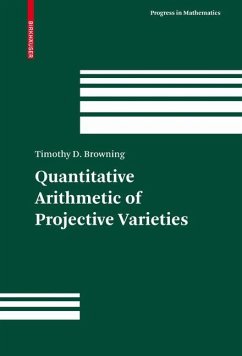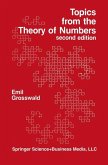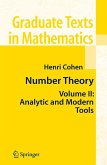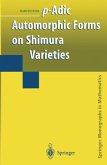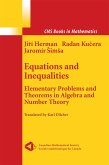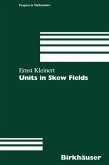OverthemillenniaDiophantineequationshavesuppliedanextremelyfertilesource ofproblems. Their study hasilluminated everincreasingpoints ofcontactbetween very di?erent subject areas, including algebraic geometry, mathematical logic, - godictheoryandanalyticnumber theory. Thefocus ofthis bookisonthe interface of algebraic geometry with analytic number theory, with the basic aim being to highlight the ro le that analytic number theory has to play in the study of D- phantine equations. Broadly speaking, analytic number theory can be characterised as a subject concerned with counting interesting objects. Thus, in the setting of Diophantine geometry, analytic number theory is especially suited to questions concerning the distribution of integral and rational points on algebraic varieties. Determining the arithmetic of a?ne varieties, both qualitatively and quantitatively, is much more complicated than for projective varieties. Given the breadth of the domain and the inherent di?culties involved, this book is therefore dedicated to an exp- ration of the projective setting. This book is based on a short graduate course given by the author at the I. C. T. P School and Conference on Analytic Number Theory, during the period 23rd April to 11th May, 2007. It is a pleasure to thank Professors Balasubra- nian, Deshouillers and Kowalski for organising this meeting. Thanks are also due to Michael Harvey and Daniel Loughran for spotting several typographical errors in an earlier draft of this book. Over the years, the author has greatly bene?ted fromdiscussing mathematicswithProfessorsde la Bret` eche,Colliot-Th el` ene,F- vry, Hooley, Salberger, Swinnerton-Dyer and Wooley.
From the reviews:
"The book under review considers the distribution of integral or rational points of bounded height on (projective) algebraic varieties. ... well-written and well-organized. ... Introductory material is discussed when appropriate, motivation and context are provided when necessary, and there are even small sets of exercises at the end of every chapter, making the book suitable for self or guided study ... ." (Felipe Zaldivar, The Mathematical Association of America, January, 2010)
"The most important feature of the book is the way it presents the geometric and analytic aspects of the theory on a unified equal footing. The interface between these two fields has been a very productive subject in recent years, and this book is likely to be of considerable value to anyone, graduate student and up, interested in this area." (Roger Heath-Brown, Zentralblatt MATH, Vol. 1188, 2010)
"The book ... is focused on exposing how tools rooted in analytic number theory can be used to study quantitative problems in Diophantine geometry, by focusing on the Manin conjectures, the dimension growth conjecture, and the Hardy-Littlewood circle method. ... book is clear, concise, and well written, and as such is highly recommended to a beginning graduate student looking for direction in pure mathematics or number theory. ... includes a number of interesting and accessible exercises at the end of each of the eight chapters." (Robert Juricevic, Mathematical Reviews, Issue 2010 i)
"The book under review considers the distribution of integral or rational points of bounded height on (projective) algebraic varieties. ... well-written and well-organized. ... Introductory material is discussed when appropriate, motivation and context are provided when necessary, and there are even small sets of exercises at the end of every chapter, making the book suitable for self or guided study ... ." (Felipe Zaldivar, The Mathematical Association of America, January, 2010)
"The most important feature of the book is the way it presents the geometric and analytic aspects of the theory on a unified equal footing. The interface between these two fields has been a very productive subject in recent years, and this book is likely to be of considerable value to anyone, graduate student and up, interested in this area." (Roger Heath-Brown, Zentralblatt MATH, Vol. 1188, 2010)
"The book ... is focused on exposing how tools rooted in analytic number theory can be used to study quantitative problems in Diophantine geometry, by focusing on the Manin conjectures, the dimension growth conjecture, and the Hardy-Littlewood circle method. ... book is clear, concise, and well written, and as such is highly recommended to a beginning graduate student looking for direction in pure mathematics or number theory. ... includes a number of interesting and accessible exercises at the end of each of the eight chapters." (Robert Juricevic, Mathematical Reviews, Issue 2010 i)

